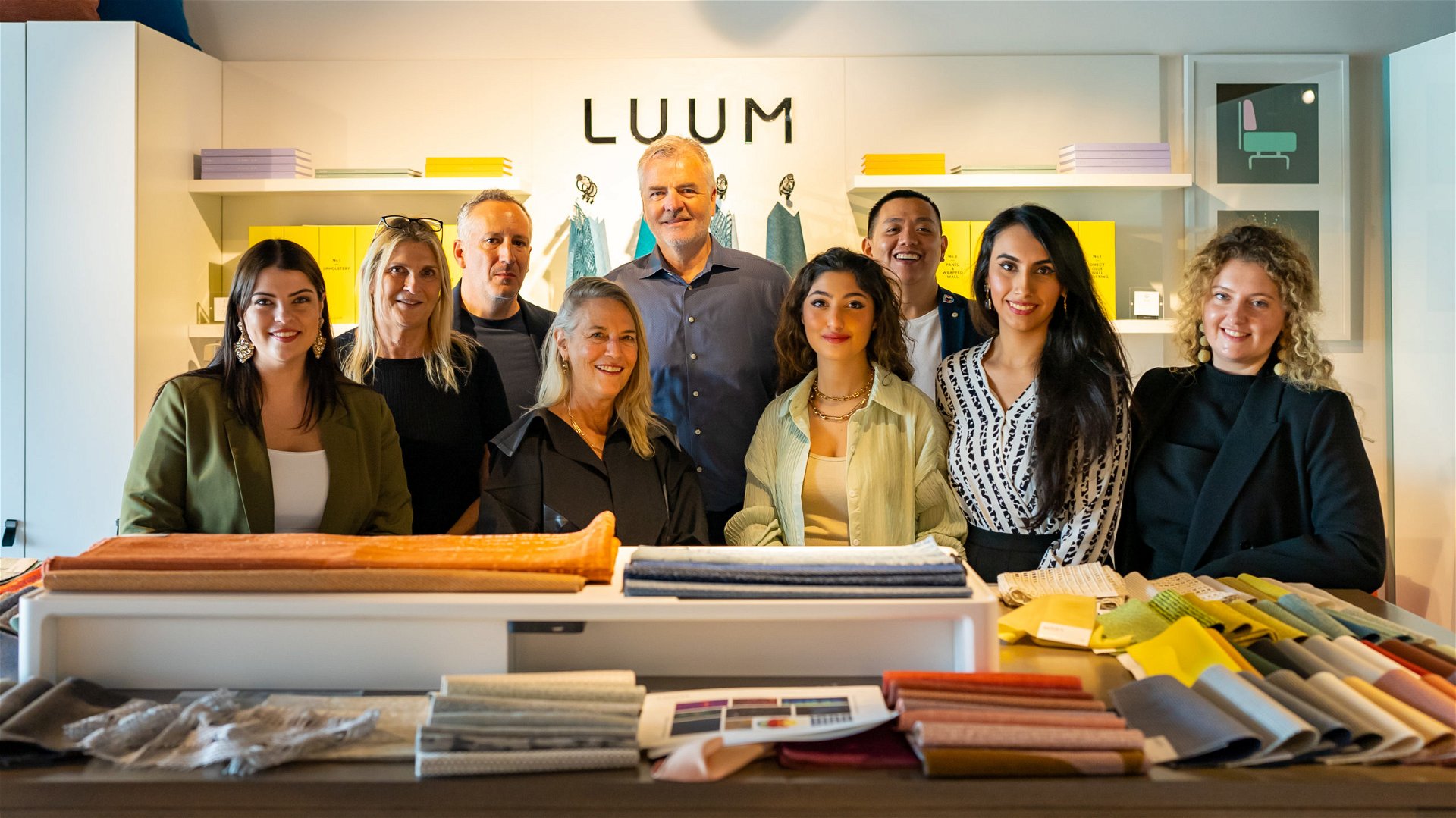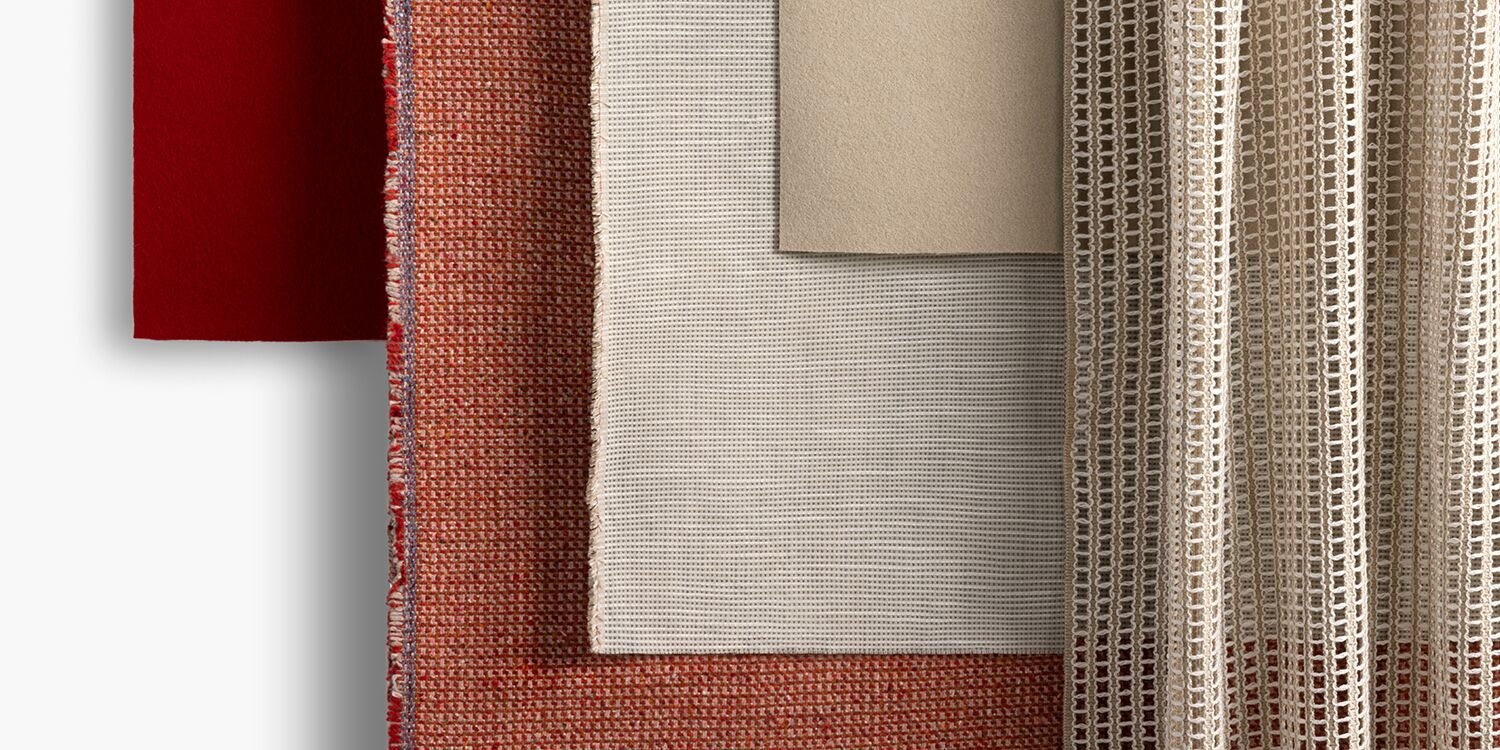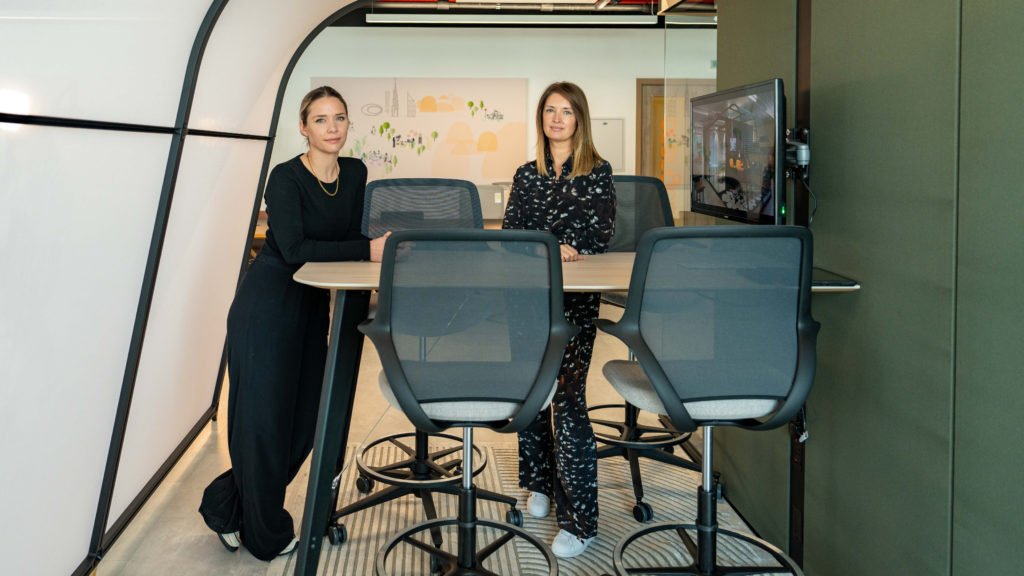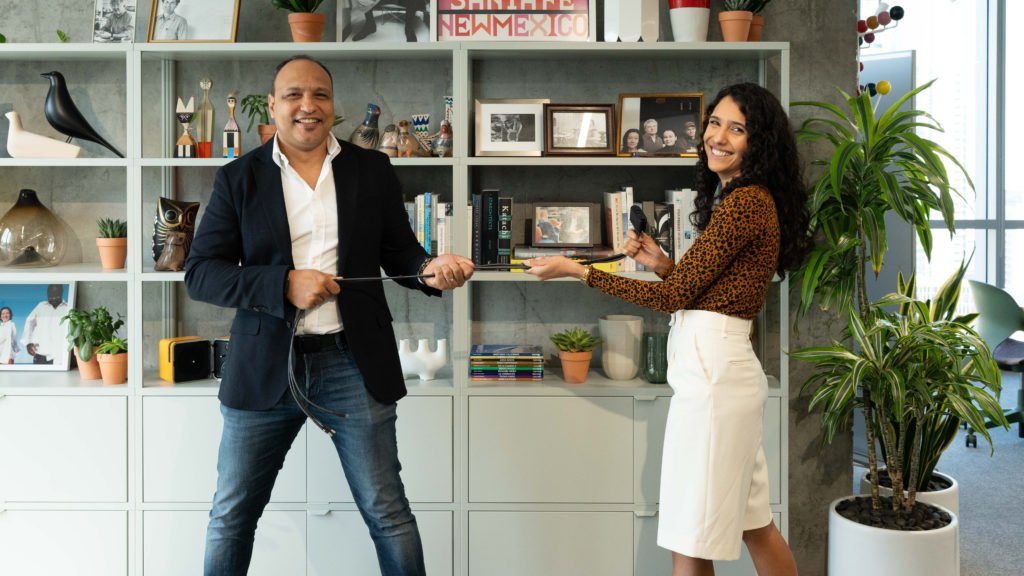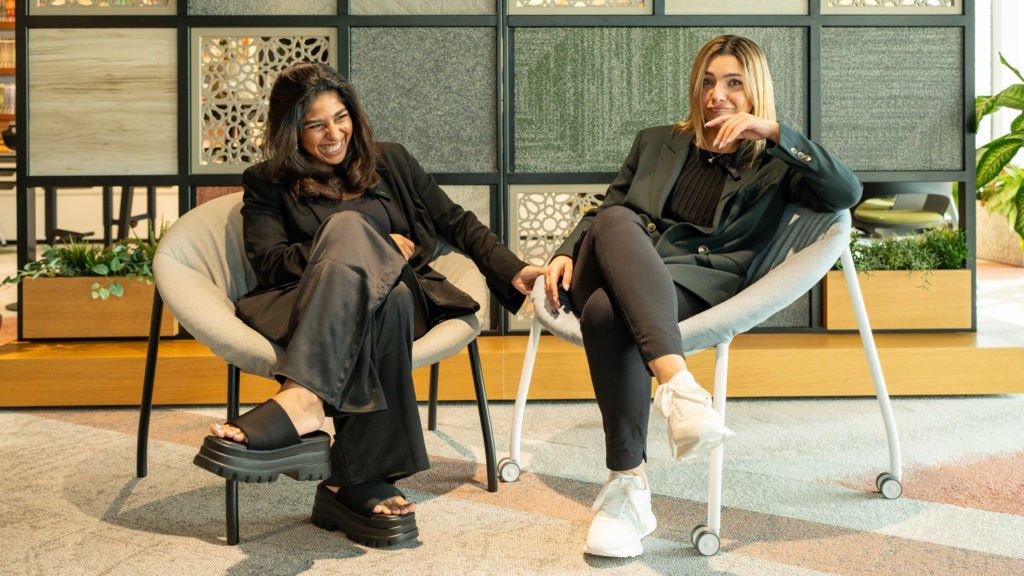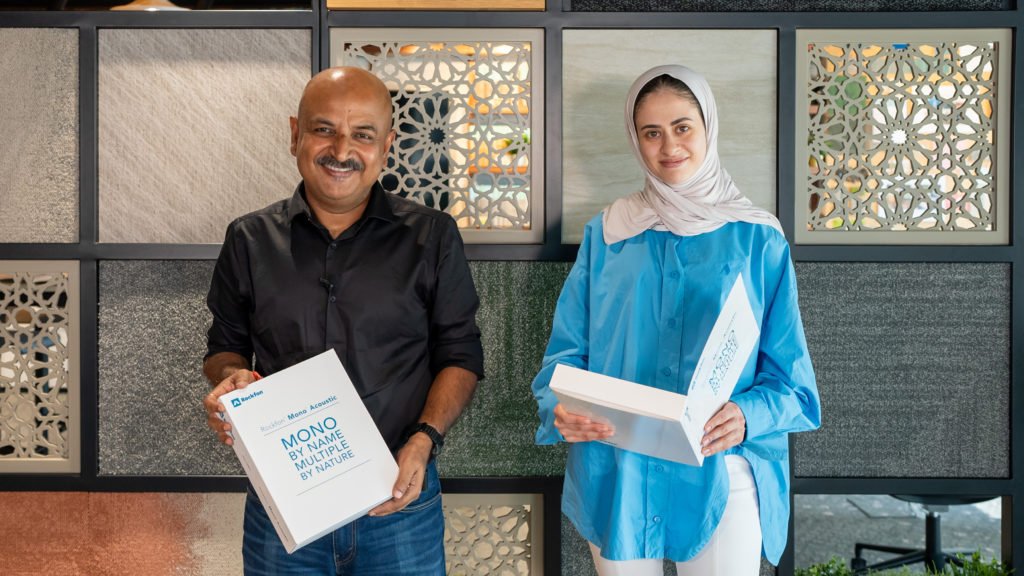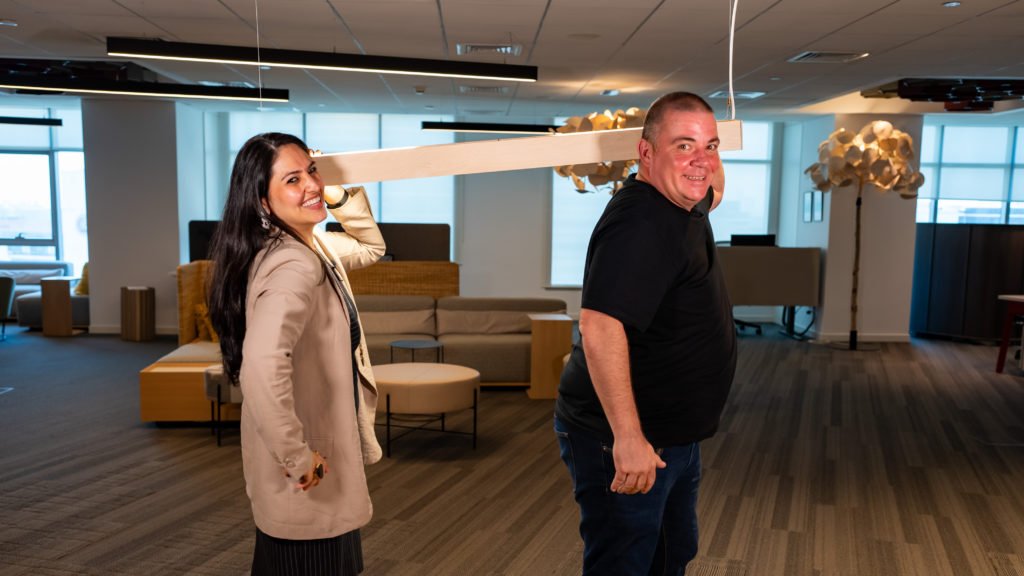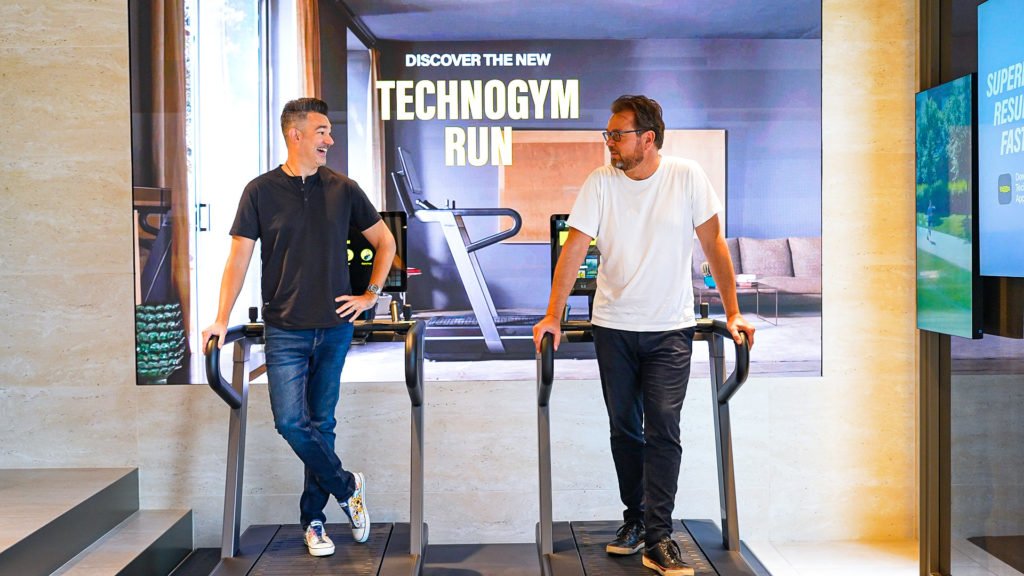Iconic architect and trailblazer Frank Lloyd Wright once said, “The mother art is architecture. Without an architecture of our own, we have no soul of our own civilisation.” After all, it is under the forms and silhouettes of architecture that life truly takes place. At times, like in the case of LUUM’s newest line, Structural Dimension, it also serves as inspiration.
Under the dextrous mastery of LUUM’s Creative Director, Suzanne Tick, Structural Dimension brings the two crafty worlds of weaving and architecture together and fuses them with expressionist colours.
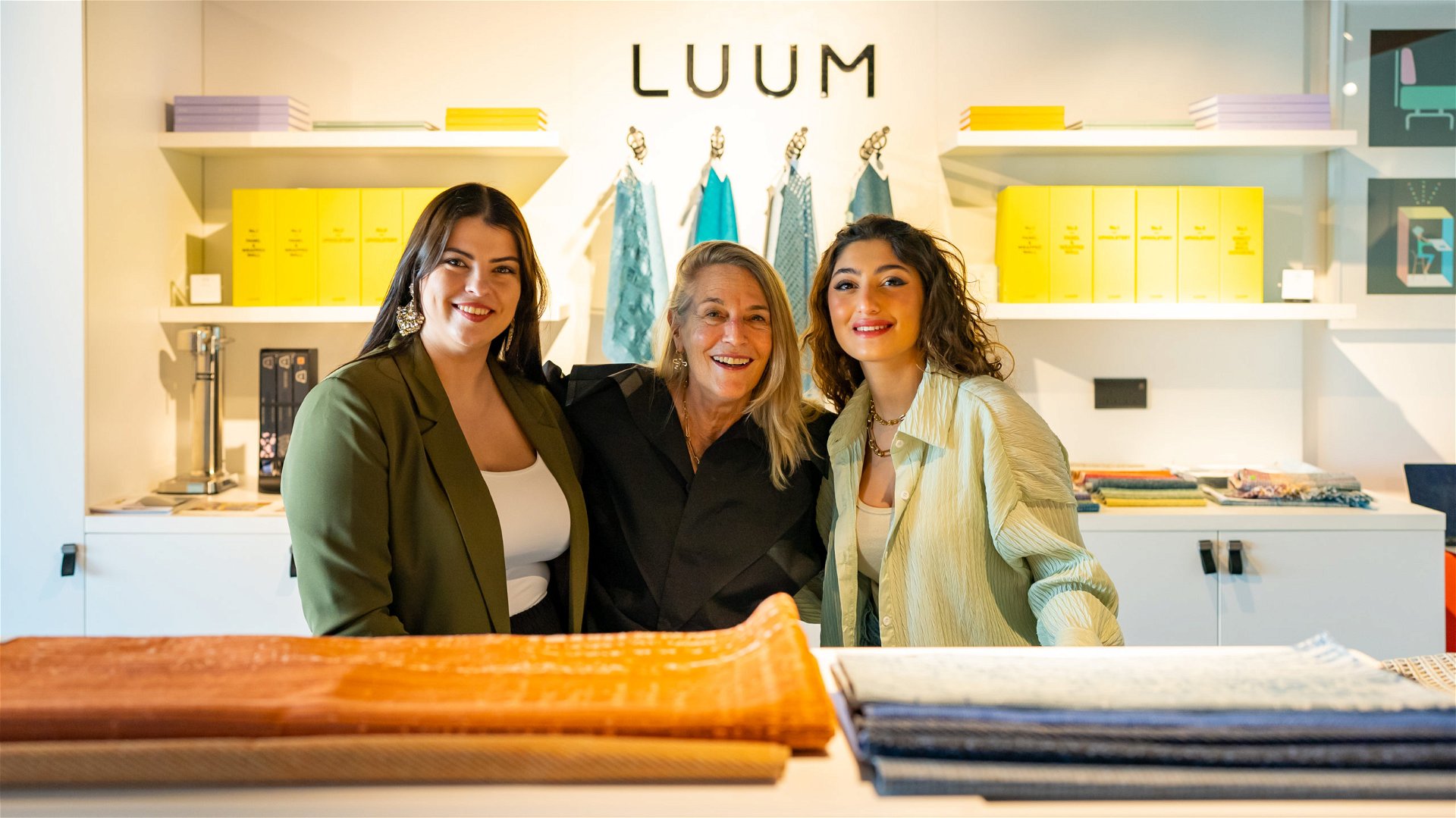
Suzanne explains, “Two and a half years ago, we started by doing research around the world – what’s happening in museums, in art and music spaces, fashion runway shows and industry events such as Salone in Milan and Dubai Design Week, and the three-dimensional patterns we perceived in modern and contemporary architecture stuck with us. This is a standard process for us. We are a year in advance in terms of what’s coming out; we like walking in tune with the world. Right now, for example, we are working on our launches in 2024.”
As a brand consistently on the lookout for what’s the world pointing at and as a design and development practice that lends utmost importance to meditation, subtly awakening senses from the spell of two-dimensional screens using multidimensional weaves was both a thrilling and ambitious endeavour.
The Review Crew
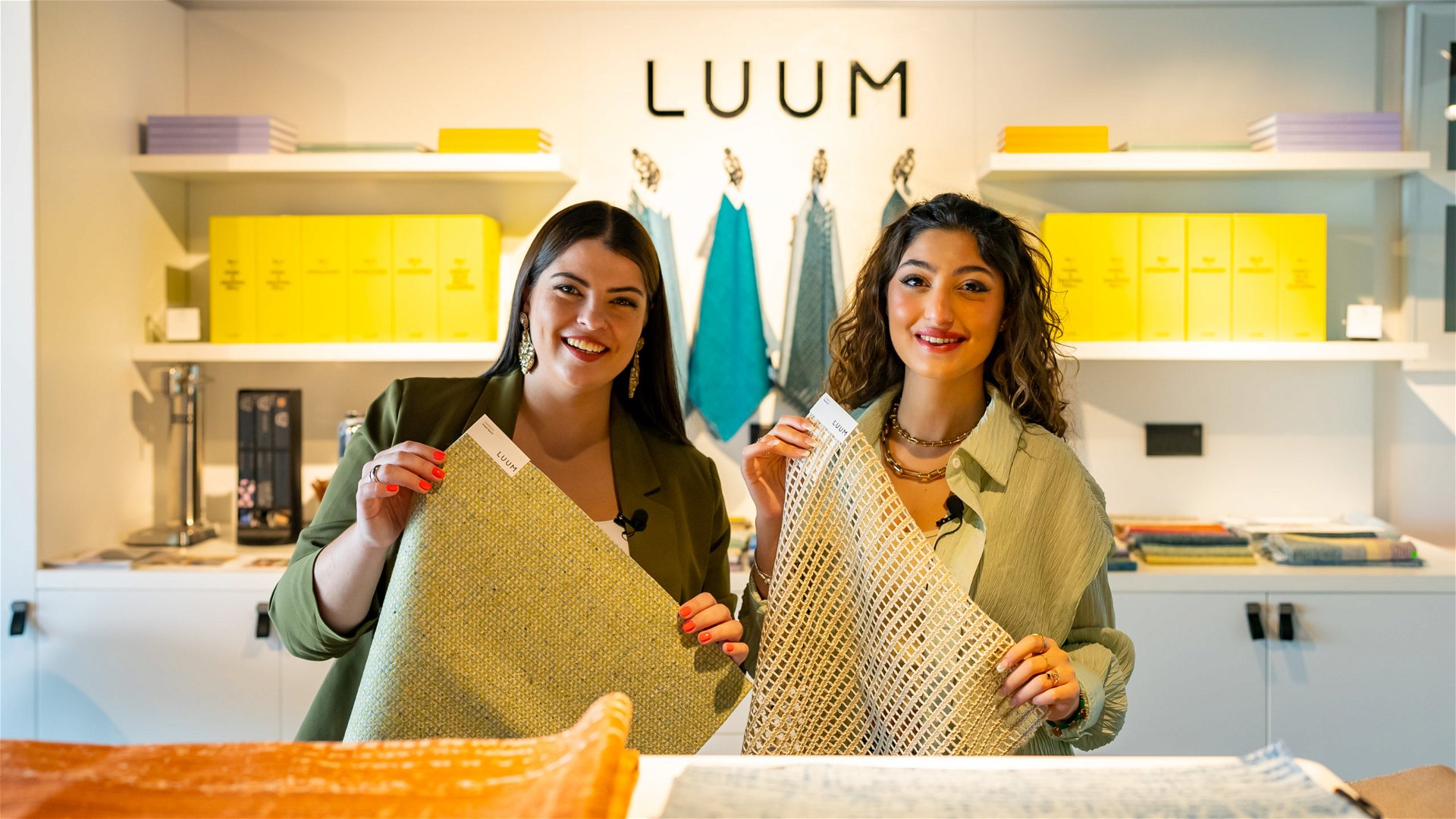
From left to right: Morgan Heuer, Interior Designer, dwp; Merian Eid, Interior Designer, Kristina Zanic Consultants
A Compelling Story to Tell
The Structural Dimension line consists of four fabrics – Graph Speck, Full Wool, Impression and Newknit – all of which have a story behind them.
“Structural dimension was based on creating different structures. Between the Earth and the canopy of the sky, there’s so many different layers of not only our consciousness but also of how we can improve, grow and live. All these structures in between coexist, because there’s all kinds of layers that we don’t even see, we’re not even aware of,” enlightened Suzanne.
The Graph Speck, for instance, uses varied weave structure and different warped layouts to a larger grid structure. Impression was made in a double beam construction mill that employs horizontal and vertical slub yarns to balance out the aesthetic. Newknit, as the name suggests, is the brand’s first fabric that has a knit structure.
Morgan: I really like the Graph Speck range. It works well with a variety of different colour tones. Even the palette of the range is just so versatile, from the pop colours to neutrals, and the impressionism coming through the peloton is great too.
Merian: When I looked at that fabric, it’s like you’re really looking through a dimension with the different lines, and the techniques that we’ve used in the fabric are so beautiful. This is something that could immediately bring my concept to life. Out of the whole design process, the concept is my favourite – and when Suzanne spoke about the concept, I felt really connected to the product. It’s mind blowing.
Sensible, Sensitive and Sustainable
LUUM remains highly conscious about the footprint of their products, right from the root level to the shoot level. On their part, there is no stone they leave unturned in order to ensure their fabrics are sustainable and contributing to the green economy of the world.
Even as the review progressed, Suzanne was mindful to educate the designers that often in matching patterns for upholstery – a ton of waste is generated. Further, she also emphasised how using randomly matched fabric pieces can actually raise the novelty of a piece and how imperative it is to specify this detail while placing orders.
Suzanne elaborates, “55 million tons of fabric waste from the fashion and design industry goes to the landfill every day, 55 million tonnes around the world. Sustainability comes in a lot of shapes and sizes – it comes in biodegradable materials, it comes in recycled content materials, and it also comes the way one would cut and define how to use a product like this.”
Over the years, LUUM has also partnered up with equally conscious businesses to make sure their products serve unparalleled quality as well as sustainability. “A few of our fabrics come from this 200-year-old factory that makes yarn from recycled garment waste. It’s an incredible story. They’re great partners with us, and it’s crucial for us to create materials that have that type of foundation”, she mentions.
Merian: We’re often trying to look at sustainable products and fabrics – we want to specify them, especially for high traffic areas or for hotels or for guest rooms. We’re always looking at something that won’t damage fast or something that will really, really last, and LUUM’s product are a great candidate. Especially, now that we’re brought into a bit of the background about how they make it and how they had to go to Europe and actually meet with people and see the different types of mills.
Morgan: To be able to choose such a stunning fabric, and then also knowing sustainability and durability are also thought of, is great. It’s impressive how the products are so easy to clean, to fix or refurbish. I’ve worked both in the hospitality realm and the workplace realm, and I’ve specified LUUM multiple times in both. So across the board, it is a very versatile fabric.
The Freedom to Mix n’ Match Across Collections
Yet another noteworthy feature about fabrics from LUUM is that they can be matched across the wide range of collections from the brand. One of the most admirable practices of the brand is to minimise the number of their product launches – which leads them to work mindfully on each collection to make sure everyone not only works on pain points but also is wildly versatile. The ability to mix and match across collections can be thought of as a vein of LUUM’s pledge to the environment to minimise production.
Morgan: You can use multiple collections together so you don’t just get stuck with one direction. We were both blown away at seeing the product, but then having Suzanne in person leading us on that narrative trail, right from concept to execution and all the meaning behind it – it was just phenomenal to us. Just to go on to the technical side and what they are able to achieve with the different structures and how that creates movement within the fabric and how that correlates to the design – I think that’s very important for designers to understand.
Merian: The fact that you can, for so many of the ranges in this collection, do indoor and outdoor is just very, very important. You can use these fabrics in your project knowing these stories. So that was definitely, I think, one of the most interesting parts. LUUM definitely has this extensive range of colours and textures and patterns that’s thoughtful and versatile.
